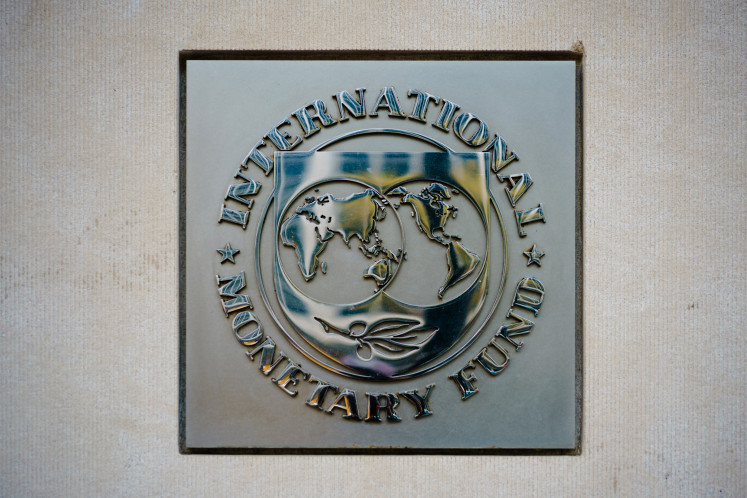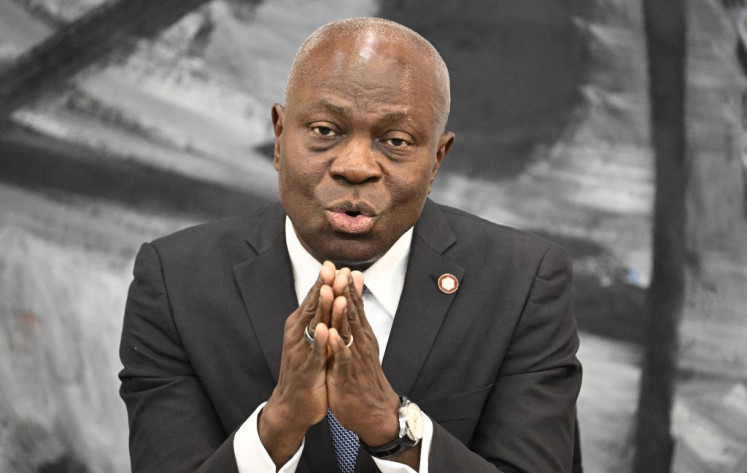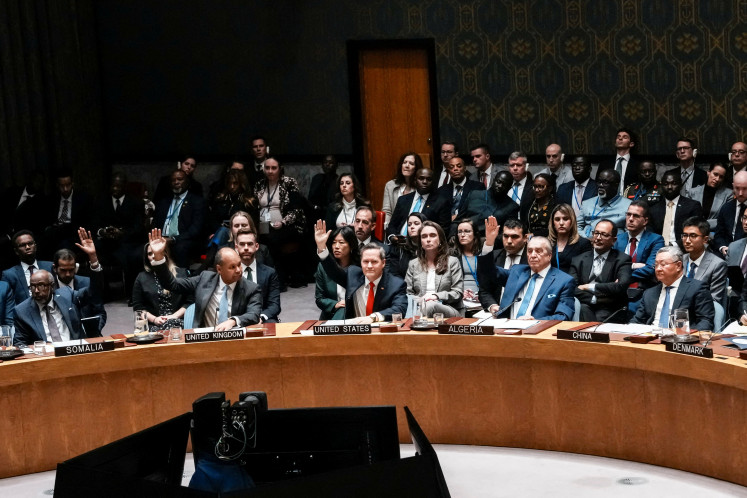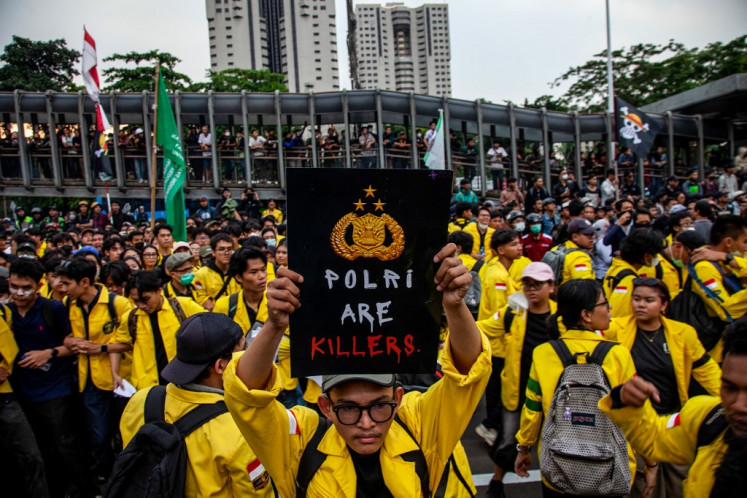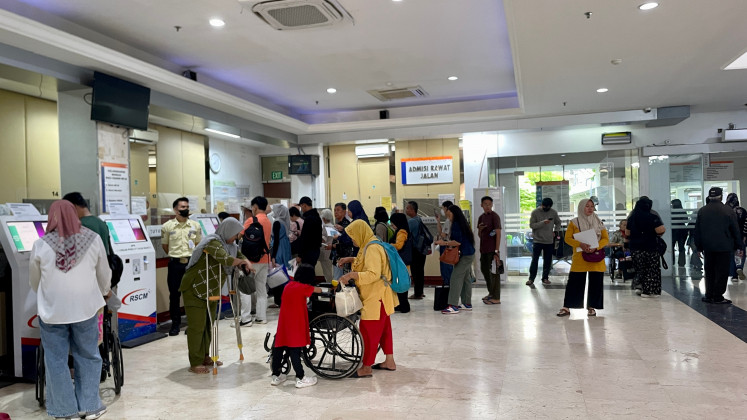Popular Reads
Top Results
Can't find what you're looking for?
View all search resultsPopular Reads
Top Results
Can't find what you're looking for?
View all search resultsUS is the biggest recipient of Chinese loans, study shows
The report, published on Tuesday by AidData, a research lab at US university William & Mary, said China's lending and grant giving totalled $2.2 trillion across 200 countries in every region of the world from 2000 to 2023.
Change text size
Gift Premium Articles
to Anyone
T
he United States is the biggest recipient of China's lending activities globally, according to a study which tracked Beijing's credit activities and found it is increasingly lending to higher-income countries over developing countries.
The report, published on Tuesday by AidData, a research lab at US university William & Mary, said China's lending and grant giving totalled $2.2 trillion across 200 countries in every region of the world from 2000 to 2023.
China has long been seen as a creditor to developing countries through its Belt and Road initiative, but is shifting toward lending to advanced economies — backing strategic infrastructure and high‑tech supply chains in areas such assemiconductors, artificial intelligence and clean energy.
Beijing's portfolio size is two-to-four times larger than previous estimates suggest, AidData said, adding that China remains the world's largest official creditor.
More than three-quarters of China's overseas lending operations now support projects and activities in upper-middle-income countries and high-income countries.
"Much of the lending to wealthy countries is focused on critical infrastructure, critical minerals and the acquisition of high-tech assets like semiconductor companies," said lead author Brad Parks, AidData's executive director.
The United States received the most official sector credit from China, more than $200 billion for nearly 2,500 projects and activities, the report said.
Chinese state-owned entities are "active in every corner and sector of the US", bankrolling the construction of LNG projects in Texas and Louisiana, data centres in Northern Virginia, terminals at New York's John F. Kennedy International Airport and Los Angeles International Airport, the Matterhorn Express Natural Gas pipeline and the Dakota Access Oil pipeline, AidData said.
Beijing has financed the acquisition of high-tech companies, while Chinese state-owned creditors have provided credit facilities for many Fortune 500 companies including Amazon, AT&T, Verizon, Tesla, General Motors, Ford, Boeing and Disney, the report said.
The share of lending to low and lower-middle income countries fell to 12 percent in 2023 from 88 percent in 2000. Beijing has also cut lending for infrastructure projects in the "Global South", under its Belt and Road Initiative.
At the same time it has ramped up its share that supports middle-income and high-income countries to 76 percent in 2023 from 24 percent in 2000. The United Kingdom for instance received $60 billion, while the European Union got $161 billion.






